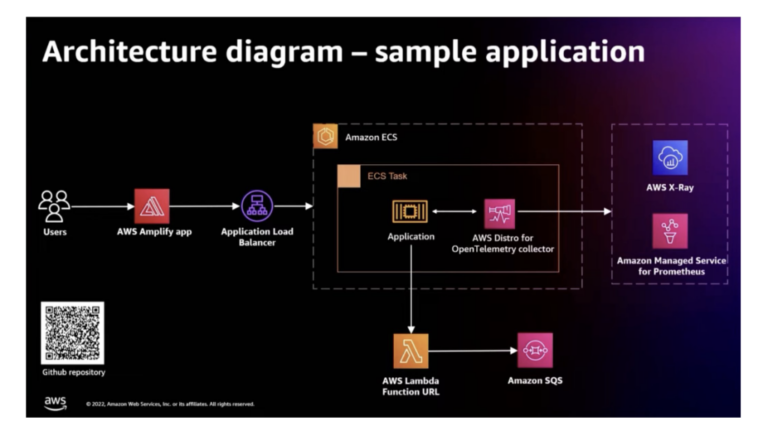In the dynamic landscape of digital services, ensuring continuous availability and optimal performance of web applications is paramount. Ubuntu Server, known for its robustness and flexibility, serves as a solid foundation for deploying web services that demand high reliability. This article delves into the intricacies of configuring Ubuntu Server with HAProxy—a renowned open-source solution—to achieve high availability and efficient load balancing, ensuring your services remain uninterrupted and responsive under varying loads.
Understanding High Availability and Load Balancing
High Availability (HA) refers to the design and implementation of systems that are operational and accessible without significant downtime. HA systems are engineered to overcome failures automatically, minimizing the impact on services. The essence of HA lies in redundancy and failover strategies, ensuring that if one component fails, another can take over seamlessly.
Load Balancing plays a critical role in HA by distributing incoming network traffic across multiple servers. This not only maximizes throughput and reduces response times but also ensures no single server bears too much load, which could potentially lead to failure. Load balancers can employ various algorithms to distribute traffic, including Round Robin, Least Connections, and Source IP hash, each with its own set of advantages for different scenarios.
HAProxy stands out as a powerful tool for enabling HA and load balancing. It can process millions of requests per second, providing users with the speed and reliability needed for their applications.
Preparing for HAProxy Installation
Before diving into the installation process, it’s crucial to outline the hardware and software prerequisites and understand the network architecture. An optimal setup includes at least two Ubuntu Servers to act as the backend servers and one Ubuntu Server to host HAProxy for load balancing. Ensure all servers are updated and secured.
Installing HAProxy on Ubuntu Server
To install HAProxy:
- Update your system: Ensure your Ubuntu Server is up-to-date with the latest packages by running:
sudo apt update && sudo apt upgrade -y - Install HAProxy: Install HAProxy using Ubuntu’s package manager:
sudo apt install haproxy -y - Enable HAProxy: To ensure HAProxy starts with your system, enable it through systemd:
sudo systemctl enable haproxy
Configuring HAProxy for High Availability
Configuration of HAProxy involves editing its configuration file, typically found at /etc/haproxy/haproxy.cfg. This file is divided into several sections, including global, defaults, frontend, and backend.
- Global Settings: This section configures process-wide settings, such as logging and performance tuning parameters.
- Defaults: These settings are applied to all other sections unless explicitly overridden.
- Frontend: This section defines how requests are received and directed to backends.
- Backend: Specifies the servers to which the requests are sent.
A basic load balancing setup includes defining a frontend that listens on port 80 (HTTP) and a backend with two or more servers. Health checks can be configured to ensure requests are only forwarded to operational servers.
Advanced HAProxy Features for Enhanced Availability
HAProxy offers a wealth of features for advanced load balancing and high availability needs:
- ACLs (Access Control Lists) allow fine-grained control over traffic, enabling routing based on request content.
- SSL/Termination offloads SSL processing from backend servers, improving performance.
- Sticky Sessions can be configured to maintain user sessions on the same server.
- Failover and Redundancy: Setting up HAProxy in a high availability pair using keepalived or a similar tool ensures continuity even if one HAProxy instance fails.
Monitoring and Maintaining HAProxy
Monitoring is crucial for maintaining the health of your load balancer. HAProxy provides a built-in statistics page that offers real-time data on traffic and server health. Regularly updating HAProxy and your Ubuntu Server ensures you have the latest features and security patches.
Real-world Use Cases
HAProxy is versatile, capable of handling various scenarios from simple web application load balancing to complex database load balancing. It’s used by high-profile companies to ensure their services can handle heavy traffic loads while maintaining high availability.
Conclusion
Configuring HAProxy on Ubuntu Server for high availability and load balancing offers a reliable, efficient way to manage web traffic and ensure your services are always available. With its robust feature set and flexibility, HAProxy stands as a critical tool in the arsenal of system administrators and DevOps professionals. By following the guidelines outlined in this article, you can set up a highly available system that keeps your applications running smoothly, regardless of traffic spikes or server failures.



